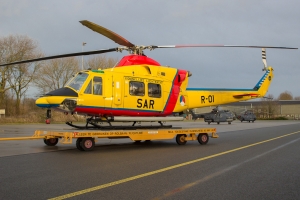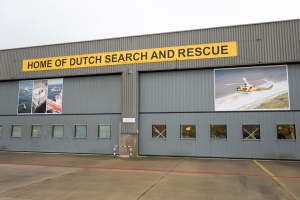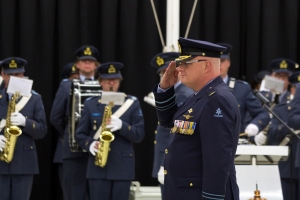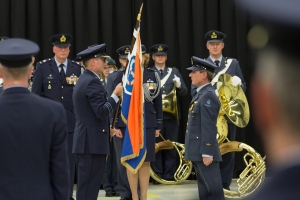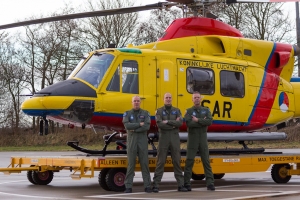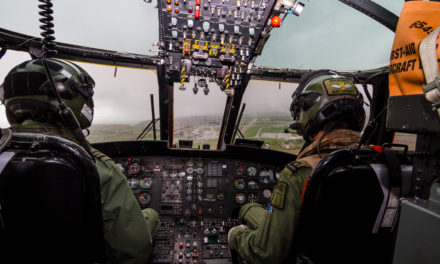On 1 January 2015 the Royal Netherlands Air Force (RNLAF) retired the Agusta Bell AB-412 SP SAR helicopters, followed on 15 January by the disbandment of 303 SAR Squadron after 55 years of service. Joan le Poole (Naviation.nl) guest reports for GAR and takes the opportunity to look back into the history of search and rescue operations in the RNLAF.
History
In 1959 the RNLAF established an air sea rescue unit within 298 squadron, based at Ypenburg Air Base. The primary task of the unit was Search And Rescue (SAR) but it was also responsible for Tactical Air Rescue (TAR) in wartime situations. At that time the unit flew the Alouette II helicopter.
On 27 April 1959 the Alouette II stood standby on the island of Vlieland for the first time, a location picked because it was home to Cornfield shooting range with the Jackpot shooting range nearby on the island of Terschelling. During that very first day the helicopter had to be scrambled when two F-84 Thunderstreaks crashed. One of the pilots ejected over land and was flown back to Leeuwarden Air Base by the Alouette.
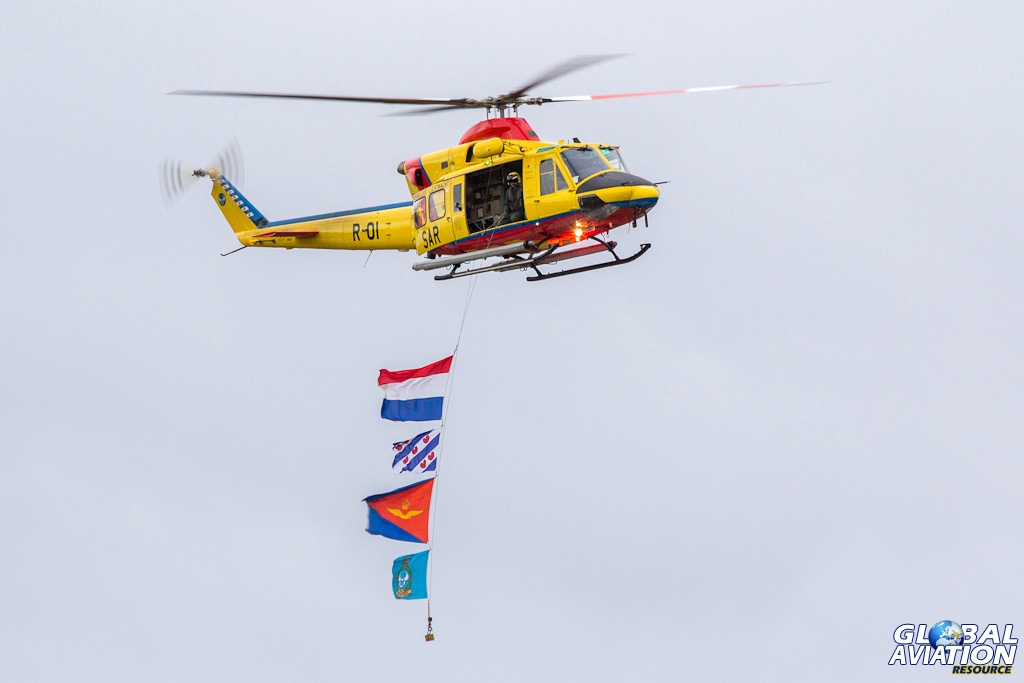
© Joan le Poole – naviation.nl
In 1960 two Alouette II SAR helicopters were deployed to Biak, Netherlands New Guinea, in support of 12 RNLAF Hunters that had been relocated to the region as a result of increased tensions between the Netherlands and Indonesia. At the end of 1961 the helicopters returned following the handing over of New Guinea to Indonesia.
The Alouette II was replaced by the Alouette III in 1967 and a year later the unit relocated to Soesterberg Air Base. The unit received additional tasks such as performing photo flights and the transportation of the Dutch Royal Family. During the early decades of the unit’s existence the SAR task was particularly important. “Not only did the Air Force operate more aircraft, but also technical failures were no exception” during that era, explained Major Ed van Scherpenzeel, the 17th and last commander of 303 Squadron.

© Joan le Poole – naviation.nl
In 1977 the unit was relocated to Leeuwarden Air Base, and in February 1994 the first of three Agusta AB412 SP helicopters arrived at Leeuwarden to replace the Alouette III. In 1998 the SAR unit officially became the RNLAF 303 SAR squadron, operating under the motto ‘Servans in periculo’, which means ‘serving in emergency’. The squadron had enough capacity, besides its SAR task, to transport patients from the Wadden islands to the Dutch mainland. This became another 24/7 task of the unit.
Besides its military task, 303 squadron also assisted during national disasters and incidents, for example, the rescue of the Korean crew from the burning chemical tanker Shiokaze in 1993. Many other sailors have been rescued by the 303 SAR squadron.

© Joan le Poole – naviation.nl
The end of 303 SAR squadron
On 1 January 2015 at 1200 local time 303 Squadron officially ceased all operations. The last operational flight was flown on New Year’s Eve, when a patient was flown from the island of Terschelling to the mainland. With this the counter in the 303 Squadron building stopped at 5,459 flights flown in the past 55 years of search and rescue operations in the RNLAF.
During a ceremony held in the 303 Squadron hangar on 15 January, the squadron was decommissioned. The ceremony included speeches from the Commandant Luchtstrijdkrachten (C-LSK, Air Force Commander) Lieutenant-General Alexander Schnitger, the commander of the Dutch Defence Helicopter Command, Commodore Jan Willem Westerbeek, and Major Ed van Scherpenzeel, the last commander of 303 SAR Squadron. The unit received the RNLAF Medal of Honour. It was the first time a unit as a whole had received this medal. 303 SAR Squadron was officially decommissioned when the squadron flag was handed over to the C-LSK. After the ceremony an AB412 flew a final flyby, which marked the end of an era.

© Joan le Poole – naviation.nl
Future
After the retirement of the SH-14D Lynx, the initial plan was to operate the NH90 helicopters of the Defence Helicopter Command in the SAR role. However, several issues with this helicopter caused a delay in taking over this mission. As a temporary solution the SAR task is being carried out by a civil company, Noordzee Helicopters Vlaanderen (NHV).
With the disappearance of the AB412 from the Dutch skies the residual capacity for transportation of patients disappeared. The RNLAF is responsible for executing this task until another party takes over. For now, two Cougar helicopters of 300 Squadron, based at Gilze-Rijen Air Base, will operate from Leeuwarden to fulfill this task.

© Joan le Poole – naviation.nl
GAR and Naviation would like to thank the RNLAF for its hospitality.

